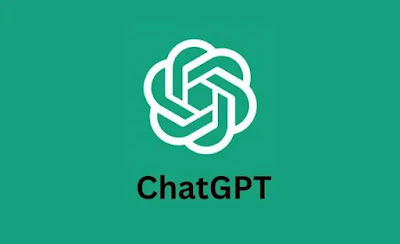ChatGPT is an advanced language model developed by OpenAI, based on the GPT (Generative Pre-trained Transformer) architecture. It is designed to understand and generate human-like text based on the input it receives, making it capable of performing a variety of natural language processing tasks. Here's a more detailed look at its components, capabilities, and functions:
1. Background and Development
GPT (Generative Pre-trained Transformer): ChatGPT belongs to the family of models known as transformers, introduced by OpenAI with the original GPT model. It uses a transformer architecture, which is highly effective at handling sequences of data (like text). The model is "pre-trained" on a vast corpus of text data gathered from the internet. This pre-training involves learning the statistical relationships between words, phrases, and sentences.
Iterations: Since the original GPT, OpenAI has released several iterations, each more sophisticated and capable than the last. GPT-3, for instance, contains 175 billion parameters, making it one of the largest and most powerful language models at the time of its release.
2. How It Works
Machine Learning Techniques: ChatGPT uses machine learning techniques, particularly deep learning, to predict the likelihood of a sequence of words following a given prompt. The model is trained using a method known as unsupervised learning, where it tries to fill in missing words or continue partial sentences.
Transformer Mechanism: The core of the model is the transformer, a type of neural network architecture that relies heavily on a mechanism called "attention," allowing the model to weigh the importance of different words in a sentence or document regardless of their position.
3. Capabilities
Language Understanding and Generation: ChatGPT can generate coherent and contextually relevant text based on the prompts it receives. This can include answering questions, writing essays, summarizing texts, translating languages, generating creative content (like poetry and stories), and even more complex tasks like writing code or simulating dialogues.
Fine-Tuning and Applications: Beyond its base capabilities, ChatGPT can be fine-tuned for specific tasks, like customer service bots, virtual assistants, educational tools, and therapeutic chatbots.
4. User Interaction
Interface: Users interact with ChatGPT through a text-based interface where they input text, and the model responds. This interaction can occur on various platforms, such as websites, applications, or integrated systems in other software.
Responsiveness and Adaptability: The model adapts its responses based on the input it receives, aiming to provide relevant and contextually appropriate replies. This adaptability makes it exceptionally versatile in user interactions.
5. Ethical Considerations and Challenges
Bias and Fairness: Since ChatGPT learns from data available on the internet, it can inadvertently learn and perpetuate biases present in that data. OpenAI continuously works on addressing these issues, aiming to make the model as fair and unbiased as possible.
Misuse Potential: There is a potential for misuse, as the technology could be used to generate misleading information, spam, or other malicious content. OpenAI has implemented various safeguards and promotes ethical use of its technology.
6. Future Directions
Continual Improvement: OpenAI is consistently working on improving the model’s accuracy, efficiency, and safety. This includes training on more diverse data sets, refining its understanding of complex contexts, and reducing potential harms.
ChatGPT represents a significant step forward in the field of AI and natural language processing. Its ability to understand and generate human-like text has numerous applications across industries, making it a valuable tool for innovation and interaction in the digital age.


No comments:
Post a Comment